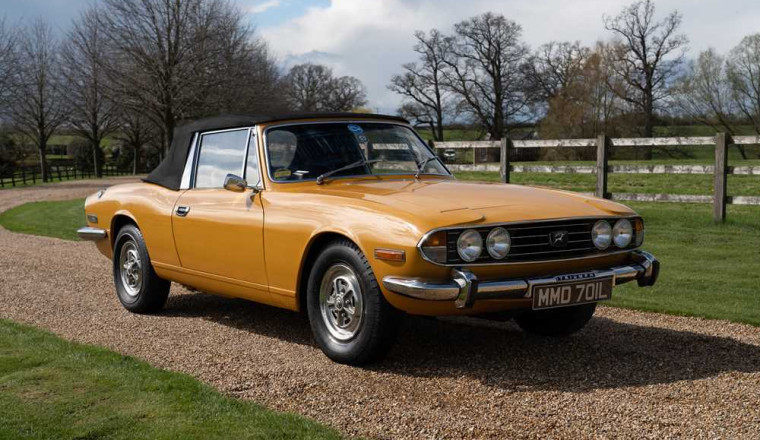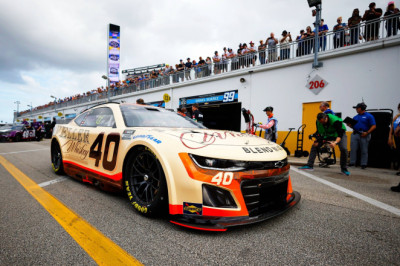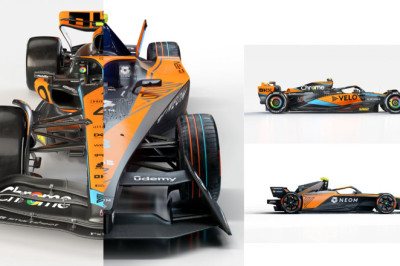
Produced between 1970 and 1977, the Triumph Stag is a unique four-seat convertible known for its muscular V8 engine and elegant design. However, early build quality issues and the complex V8 engine lend to a mixed reputation for reliability. Most surviving cars have benefited from restorations or upgrades, raising their usability and charm considerably. Strong owner clubs and specialist suppliers support maintenance and parts availability. Still, buyers must carefully check for rust, engine condition, and electrics to avoid expensive surprises. This guide walks through everything to inspect, from bodywork to test driving.
Inspection Walkthrough
1. Documentation & Provenance
-
Complete service history is ideal, especially any evidence of engine rebuilds or cooling system upgrades.
-
Verify originality of engine and gearbox; conversions or replacements may affect value but are sometimes practical.
-
Confirm ownership records and whether hardtop and soft-top roofs are included.
| Good Sign | Red Flag |
|---|---|
| Detailed service and restoration records | Missing history or DIY rebuilds |
| Original 3.0L V8 engine | Engine swaps without documentation |
| Both hard and soft roofs included | Absent or damaged hardtop |
2. Exterior & Bodywork
-
Corrosion is the biggest enemy: check front panels behind headlights, inner and outer wings, scuttle, A-posts, and inner/outer sills.
-
Floor, chassis sections, jacking points and subframe mounts deserve scrutiny, as rust here is costly.
-
Bonnet, boot lid, door bottoms and valances should fit properly; panel alignment indicates prior accident damage or quality of repairs.
-
Hardtops are susceptible to corrosion; check for secure fitting and condition to avoid expensive refurbishment.
| Area | What to Look For | Cost Implication |
|---|---|---|
| Front wings & sills | Rust bubbling, filler patches | Sill replacement can be costly |
| Floor & chassis | Soft spots under carpet or seat | Full floor replacement expensive |
| Hardtop | Rust, poor fit | Refurbishment can reach four figures |
| Door gaps & valances | Uneven panel gaps or dents | Accident repairs or respray needed |
3. Engine & Drivetrain
-
The 3.0L V8 was prone to overheating and subsequent head gasket failure; check cooling system upgrades like aluminum radiators and electric water pumps.
-
Tapping noises at idle can indicate worn cam followers or incorrect valve clearance — fiddly to fix but specialist help is available.
-
Gearboxes (manual and automatic) are generally reliable; watch for worn synchromesh on manual second gear shifts.
-
Clutch condition important; stiff pedals or chattering noises indicate wear or alignment issues due to lack of locating dowels.
| Component | Symptom/Sign | Likely Fix / Cost |
|---|---|---|
| Cooling system | Overheating, steam or coolant loss | Radiator or pump upgrade needed |
| Cam followers | Tapping noise, rough idle | Replacement and adjustment |
| Gearbox synchromesh | Crunching 2nd gear | Manual rebuild |
| Clutch thrust bearing | Chattering under clutch operation | Replacement needed |
4. Suspension & Steering
-
Power steering racks may wear and cause wobble; consider refurbishment options.
-
Bushes in suspension and trailing arms often require replacement with polyurethane kits for improved handling.
-
Check tyres for correct size and type; avoid van tyres due to poor grip.
5. Brakes & Wheels
-
Corrosion can cause seized brake components; verify servo operation.
-
Brake pads, discs, and lines should be in good shape; upgrades to vented discs are popular for better stopping performance.
6. Electrical & Lighting
-
Wiring connections age and can cause intermittent faults; check all dashboard gauges, switches, and external lights.
-
Electric window switches are prone to wear; lubricate or refurbish if sluggish.
-
Fuel pump located in boot can stick and prevent starting; listen for pump operation when ignition is on.
7. Interior & Trim
-
Factory vinyl seats are durable but foam padding may degrade over time resulting in “crumbs”. Replacements are available.
-
Wood veneer dashboards often crack, though refinishing is possible and common.
-
Check condition of heater surround bezels and ensure all stalk symbols are clear.
8. Test Drive Notes
-
Engine should run smoothly with no overheating or knocking.
-
Clutch and gearbox should operate smoothly without grinding or stiffness.
-
Steering should be precise, without excessive play or wobble.
-
Brakes should feel firm and consistent without pulling or noise.
Ownership Costs & Market Value
-
The Triumph Stag enjoys strong club support and parts availability from specialists.
-
Rust restoration and engine cooling system upgrades can be costly but extend car life.
-
Prices vary widely but well-maintained original V8s command a premium in the classic car market.
-
Expect to invest in ongoing maintenance to keep these cars enjoying long-term reliability and style.
Buyer’s Verdict
The Triumph Stag is a classic with great style, but thorough inspection is vital, especially for rust and V8 engine condition. Look for cars with cooling system upgrades and well-maintained drivetrains to avoid known pitfalls. Join active owner clubs for support and advice. Buy on condition, and be prepared for restoration costs if necessary.
This guide follows the structured template and incorporates key Triumph Stag specific considerations from authoritative sources and owner experience.triumphclub+2














